1) The place where you can experience:
(Himejijyo castle):
Himejijyo castle is the best famous castle of Japan located in Hyogo prefecture which is registered in 1993 as UNESCO World cultural Heritage at the first time in Japan. Himeji-jyo castle large keep which was built in 1609 is the center of the current style of this castle. The architecture of this castle is the masterpieces of Japanese traditional technology which has been developed by lots of Japanese craftsmen. Many civil engineering structures such as large keep, turret, castle gate, mud wall, stone wall, moat and so-on has been well reserved.
Therefore, this castle is very famous for its surviving Japanese castle architecture that preserve the original architectural structure.
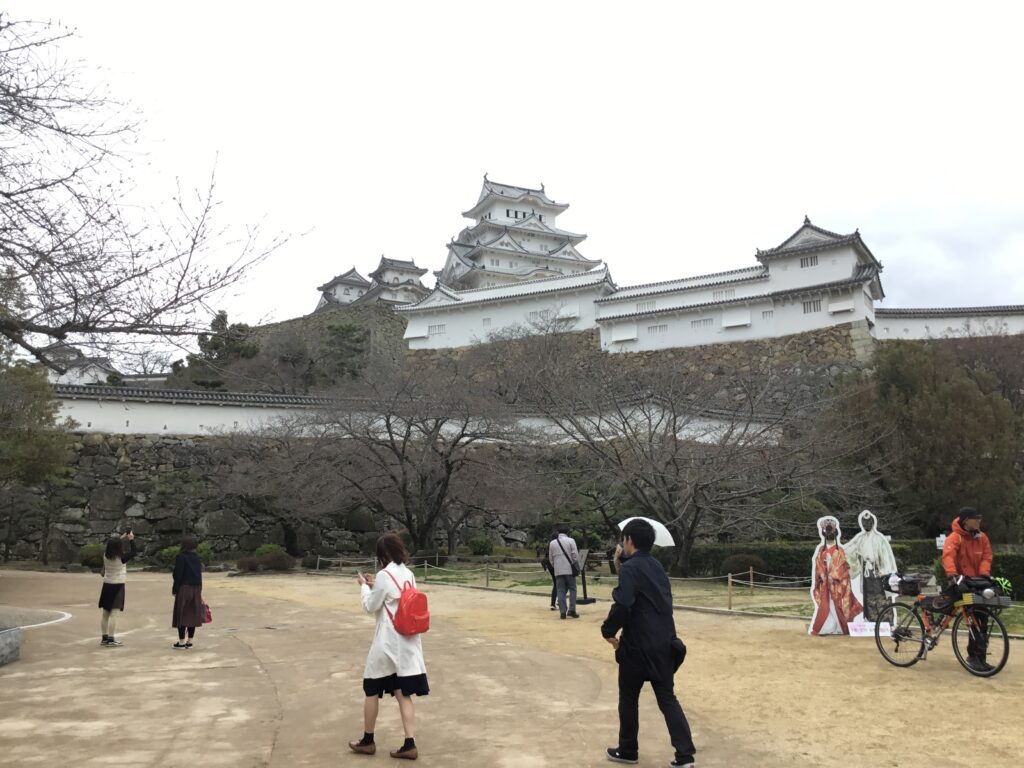
That is why this castle is historically very precious.
This castle is also famous for its elaborately designed defensive enclosure to counter the enemy invasion during the feudal period (15th ~ 16th century). Also, in parallel, the beauty of this castle amazes everyone who visit this castle. It is called by White Heron castle because the elegant figure of the castle resembles to a Heron flying away with spreading his wings.
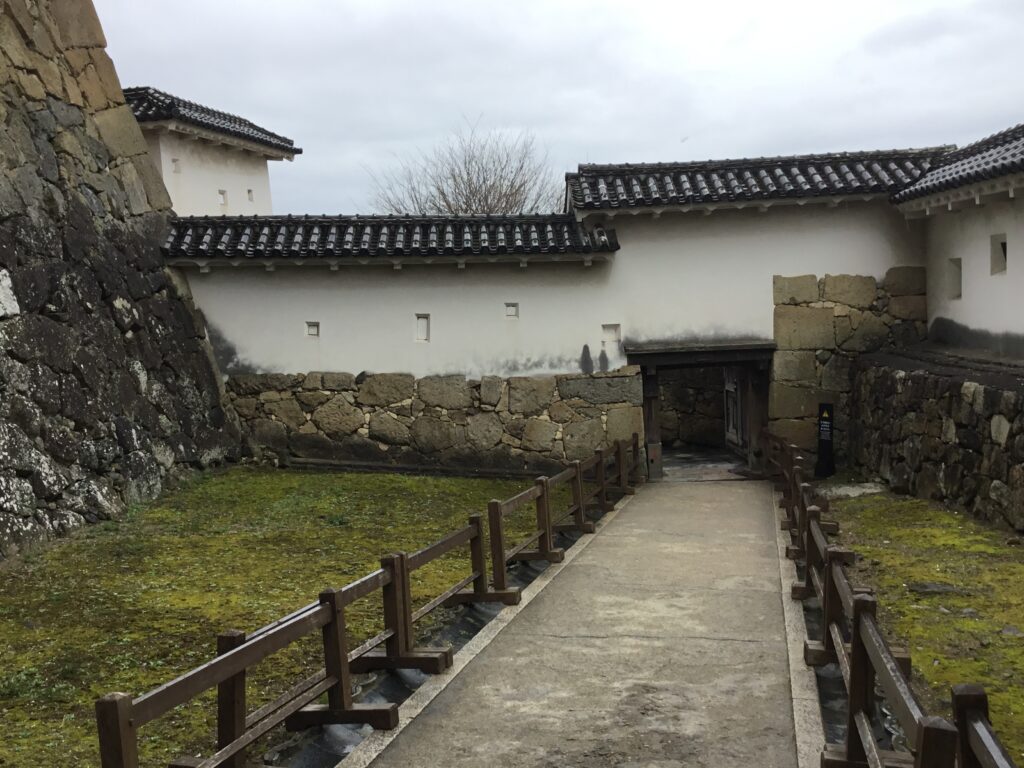

Himeji castle was originally built in 1333 during Nanbokucho-era (1321~1399) by one of the high rank worriers. This castle used to be one of the most important strategic base by connecting between Kinki area (west center of Japan) and Chugoku region(far west of Japan) for Nobunaga Oda to unify Japan in Civil-war era (1490~1590).
Finally, Hideyoshi had become the 15th load of this castle. Then, he had started to reform the castle to be modernized by constructing three stories large keep and so-on by spending his enormous resources.
After he unified Japan and moved his residence to Osaka-castle, then Hidenaga Toyotomi who was a younger brother of Hideyoshi became the load.
As such, Osaka-castle and Himeji-castle had become the two important castles for Hideyoshi after he unified Japan.
After Ieyasu Tokugaea became Shogun and unified Japan in 1603, his son in law, Terumasa Ikeda was assigned as the load of the castle and he had started to renovate the castle spending 8 years.
We will show the outline to watch this castle from the entrance to the end of Ninomaru-garden as follows.
(a) At the entrance of Himeji castle, you can see the castle tower in the distance.
The area of Himeji castle is very wide which is equal with 5 units of Tokyo dome.
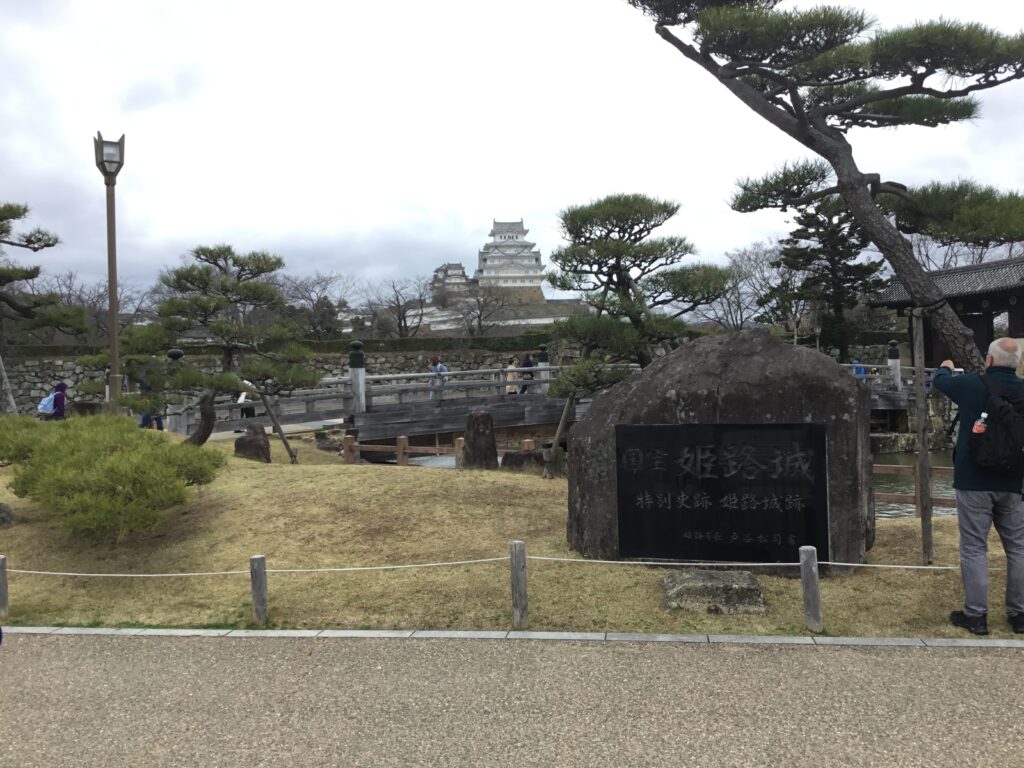
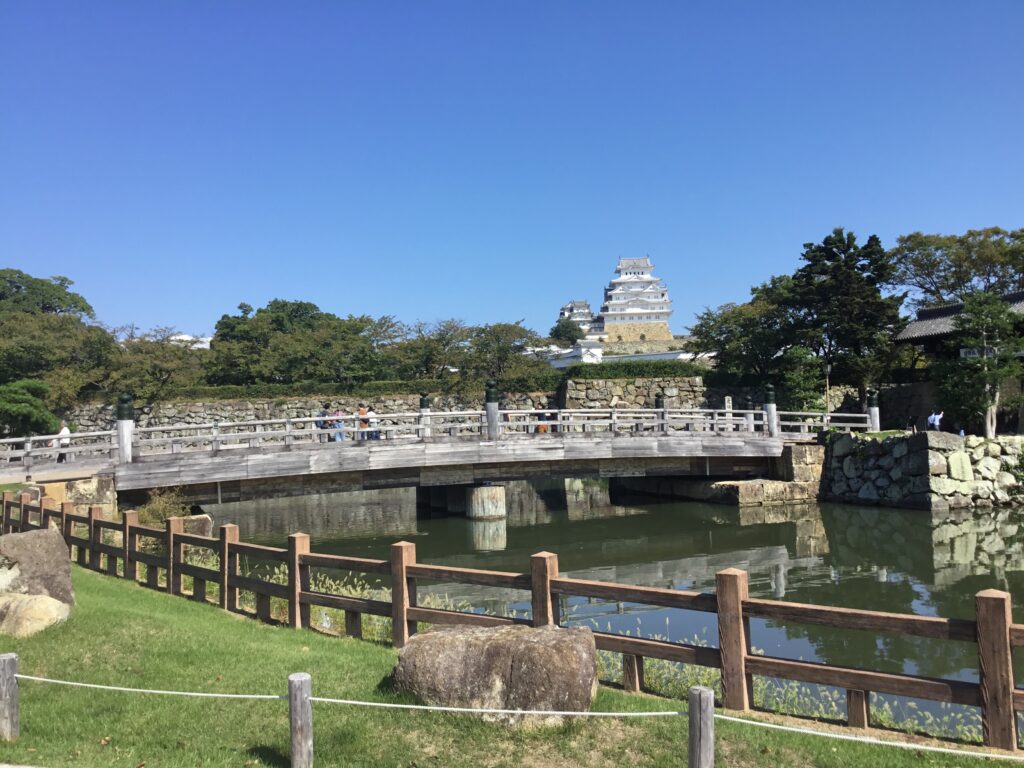
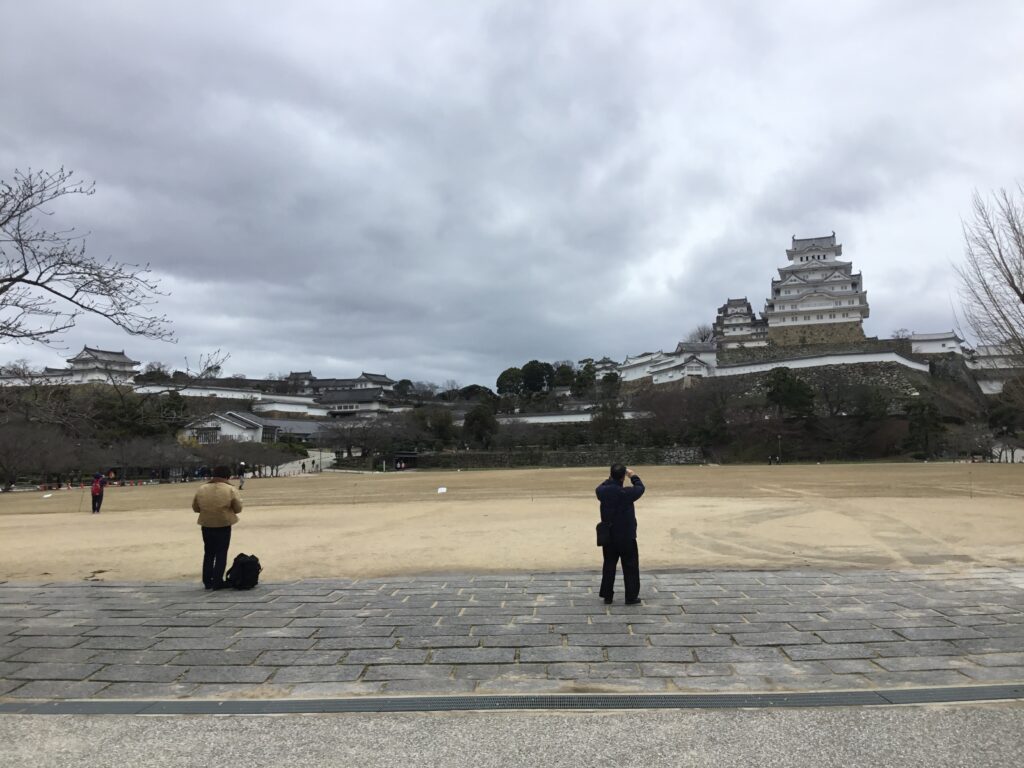
(b) After through the entrance by paying yen1000 per person and walking up to a slope, you will see the large gate called “Hishino-mon”.

(c) From this entrance spot, you can also see the castle tower:
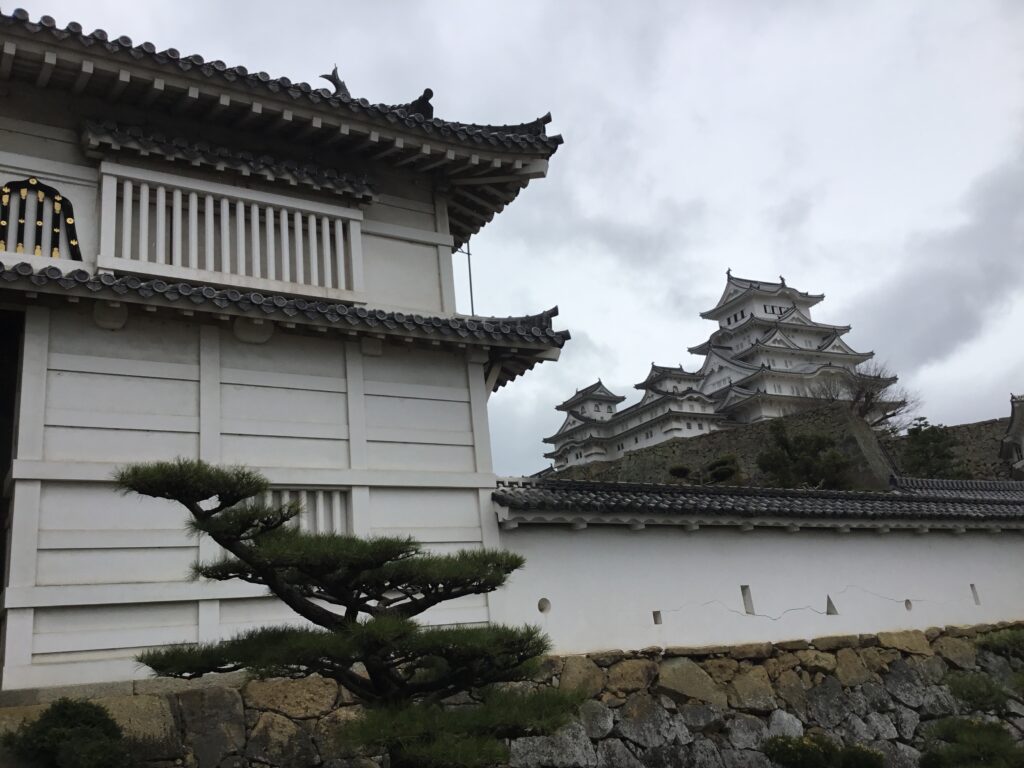
(d) After through the gate, the path goes toward two way. Left side is toward the garden called “Nishinomaru”. Right side is toward main enclosure and the castle tower. You can see the main enclosure and castle tower toward the right side.
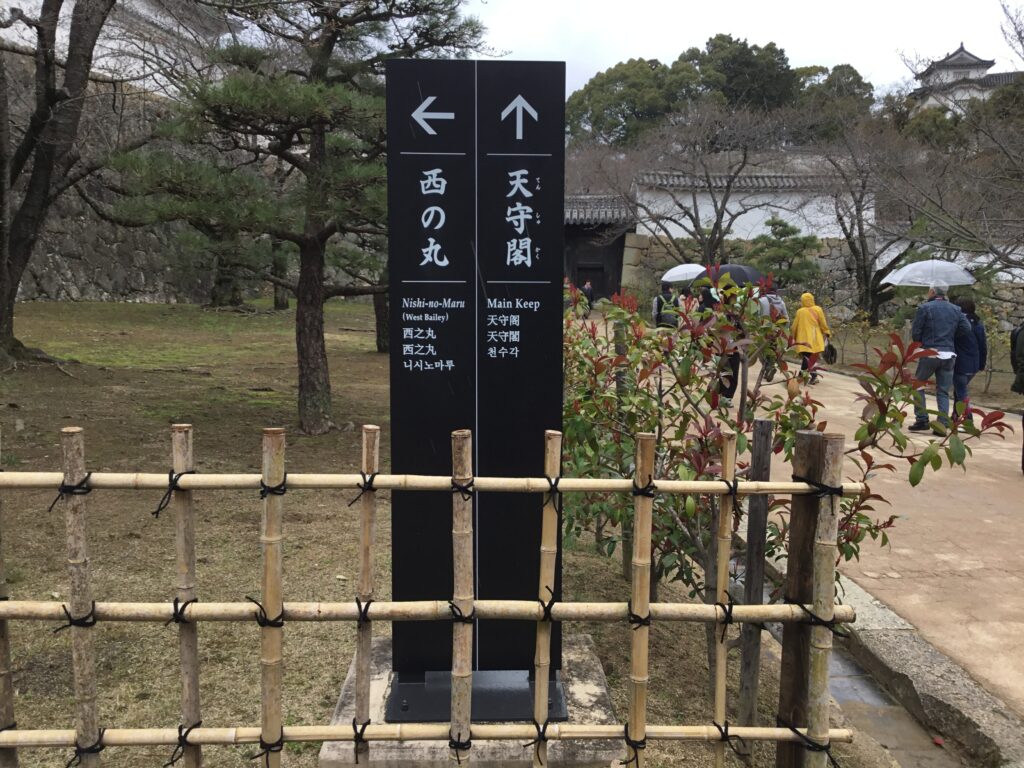
(e) There exists a long winding slope to reach the main enclosure. A lot of large keep, turret, castle gate, mud wall stone wall and moat to encounter enemy. You can see around 1,000 loopholes called “sama” from where guns were fired at attackers. Angled chutes called “ishi-otoshi” were also set at lots of points in the castle walls to throw stones or pour boiling oil on attackers.
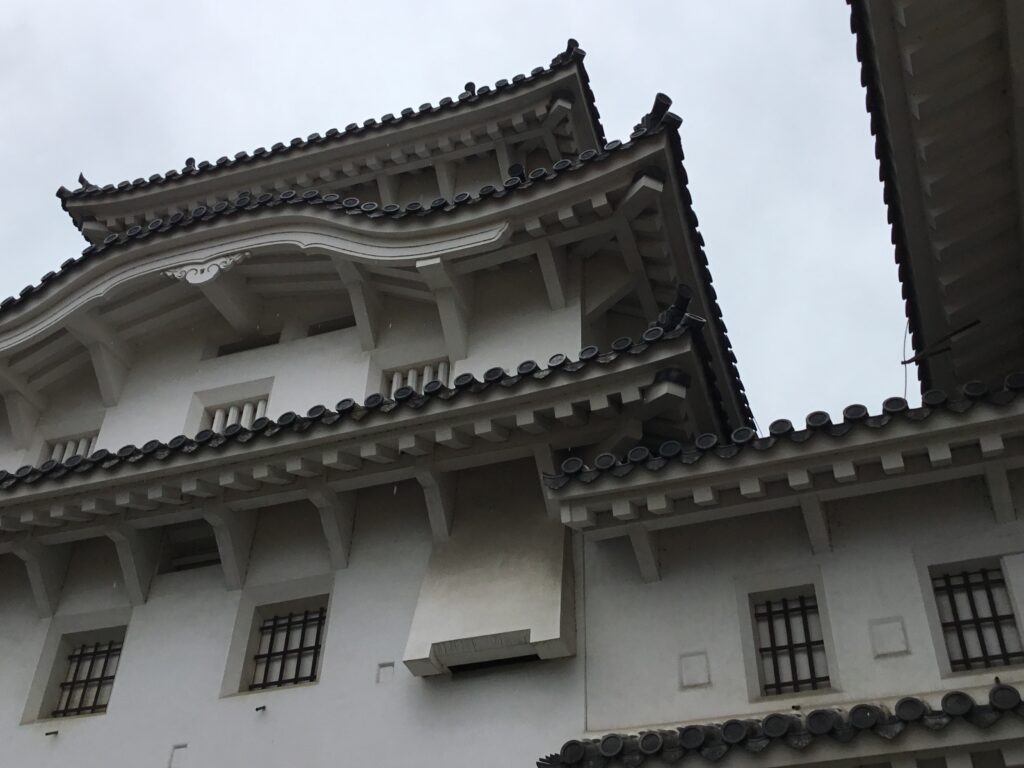
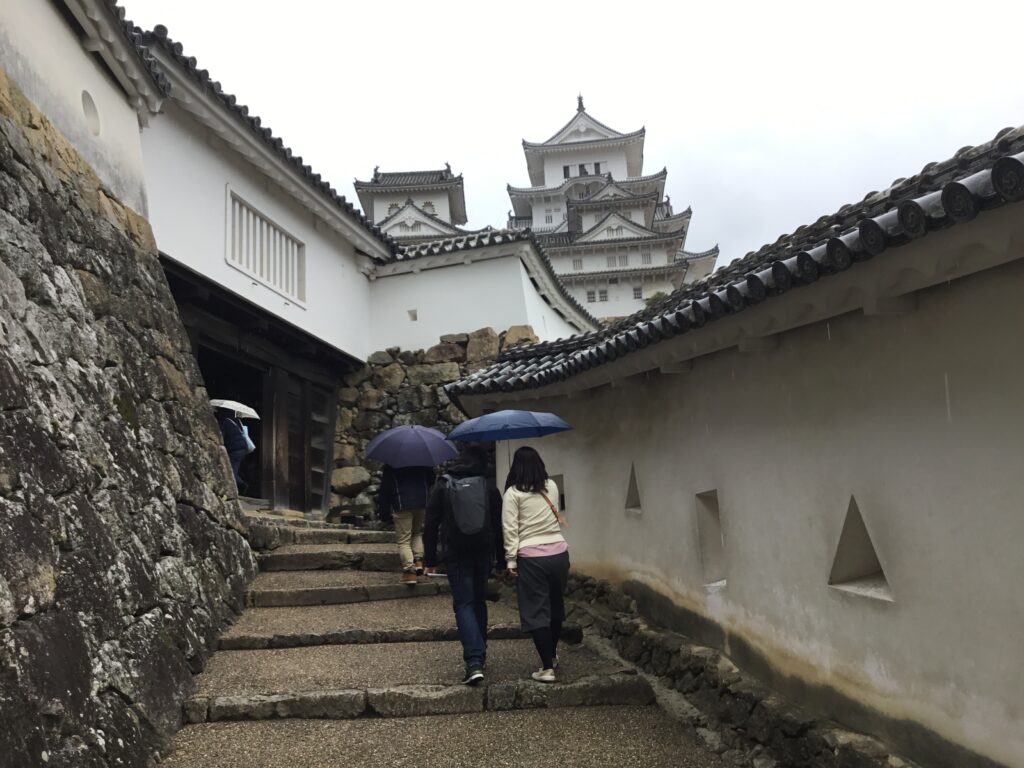
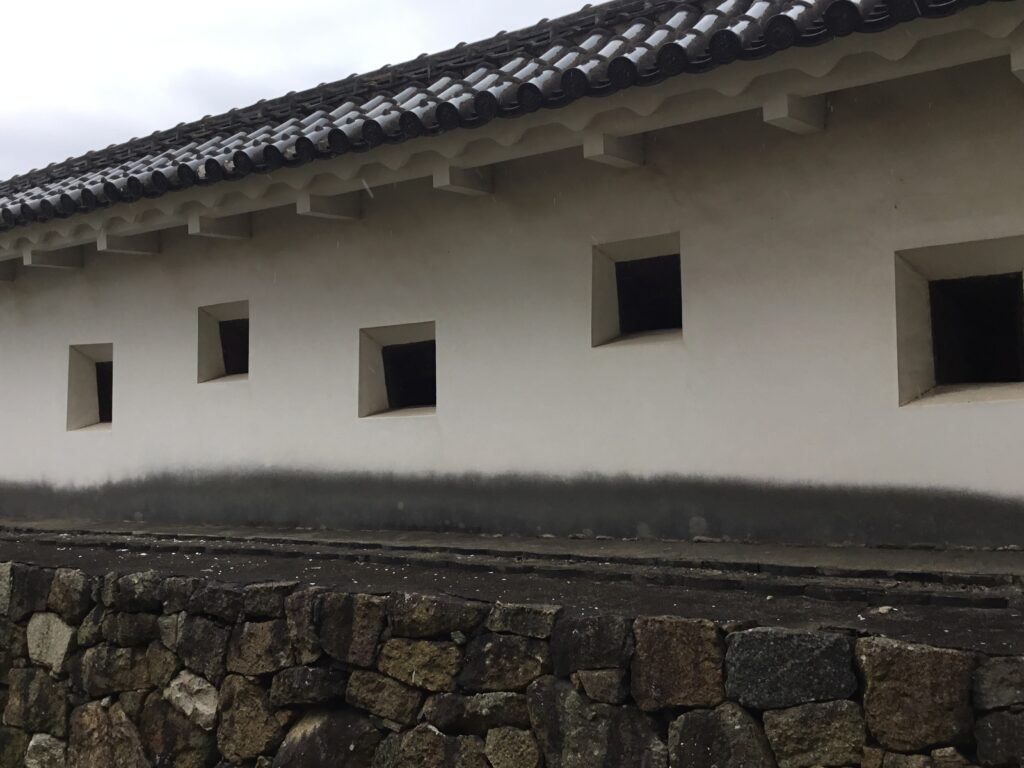
(f) The castle tower is located on a rising ground whose altitude is 45.6meter. The height of the stone wall is 14.85 meter and that of main enclosure is 31.5meter. Therefore, the castle is standing by the height of 92meter of altitude. Current castle tower built in 1609 consists of one castle large keep and three castle small keep that are connected each other by guard tower hall.
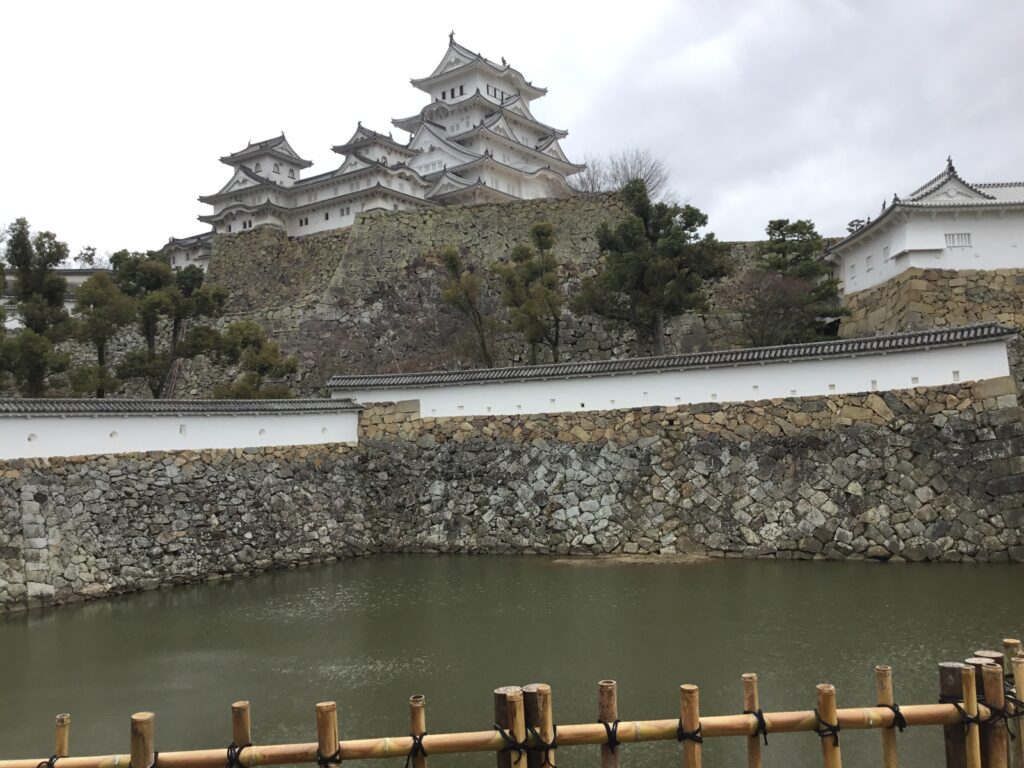
(g) The main attractions of this castle are to see inside castle tower.
You can enter those keeps to see and walk up to the large keep on the top floor.
There are a lot of exhibits related with Himeji castle at every important points.
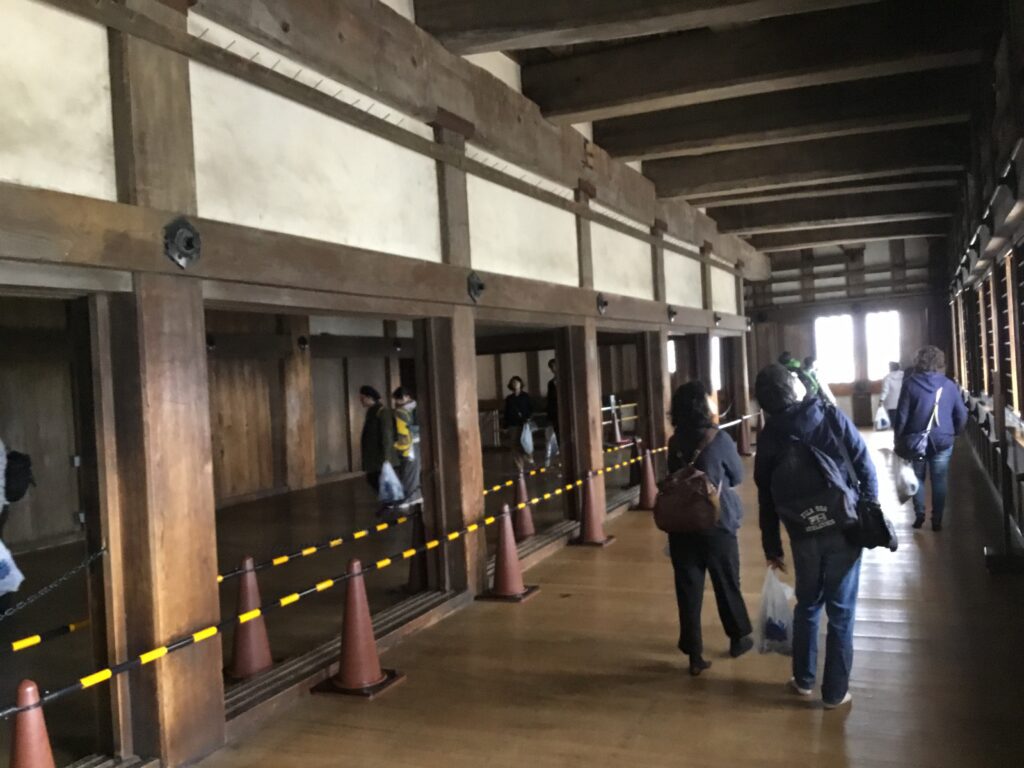
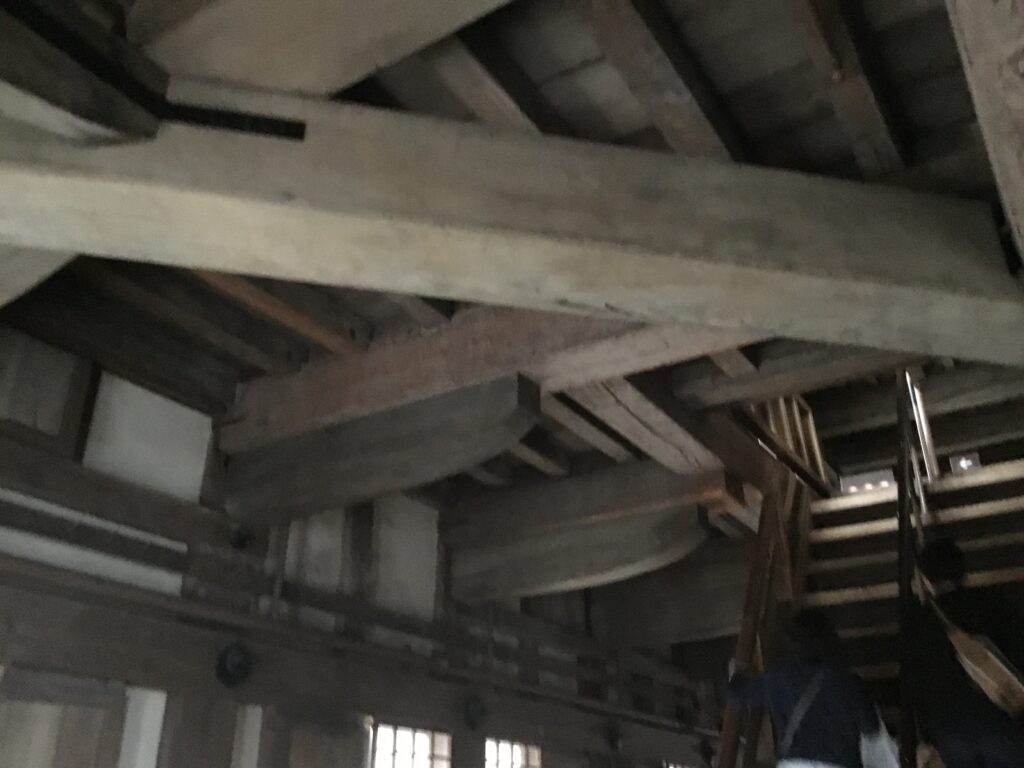
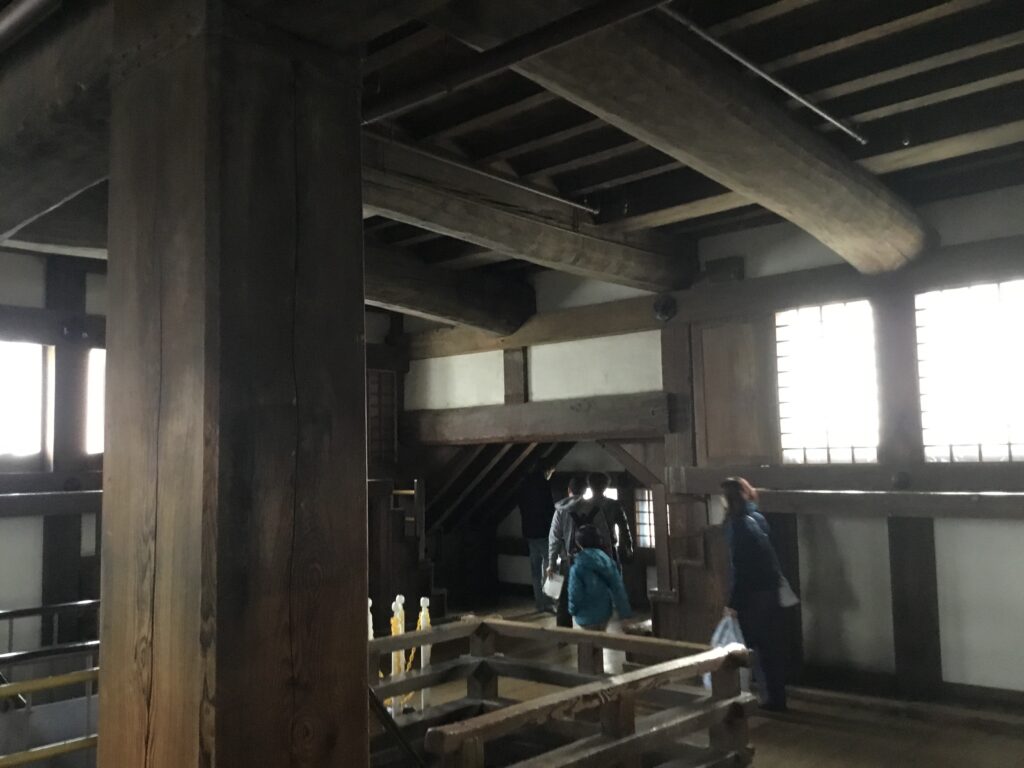
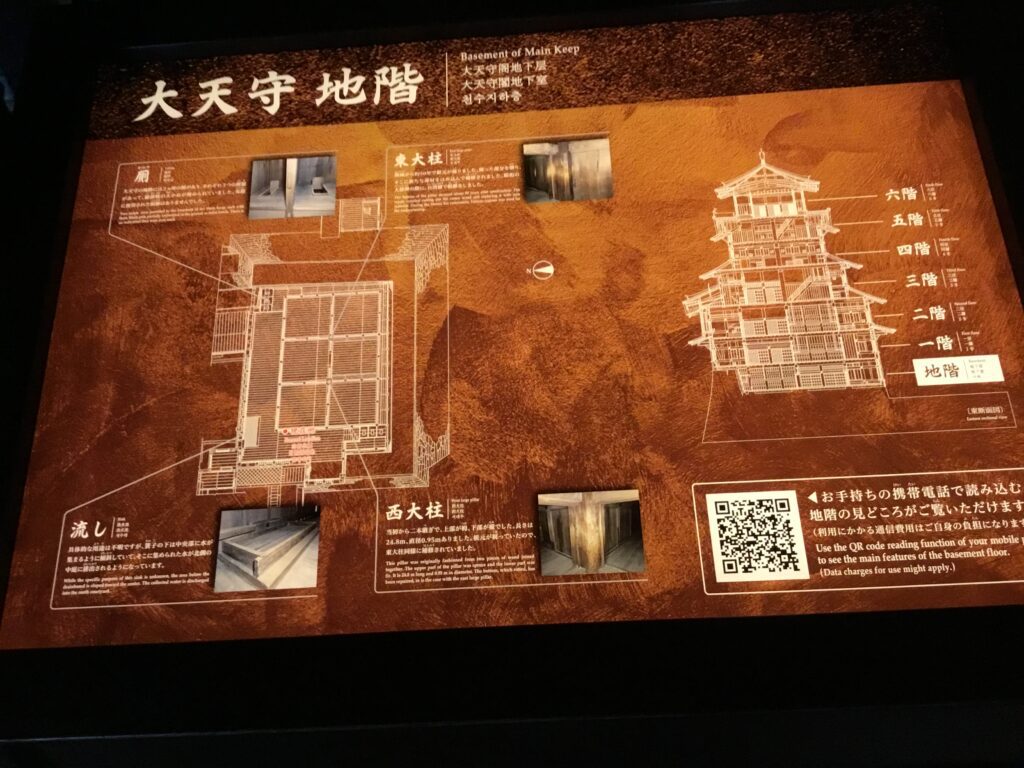
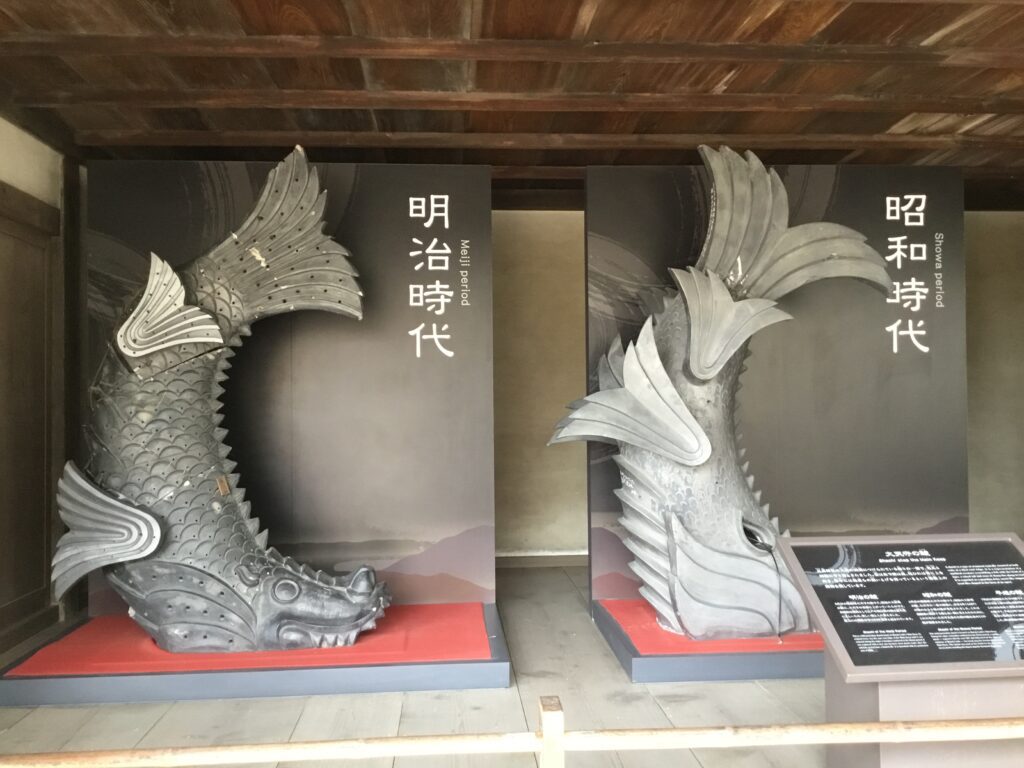
(h) After proceeding the tour route, you reach castle large keep.
The castle large keep is built with five stories appearance with roofs and seven stories inside by a first floor of a basement. You can see the landscape of Himeji from each floor of the keep by walking up the floors and from 5th floor of large keep.


(i) After finishing to see the main large keep, next course is to go through “Nishinomaru garden”.
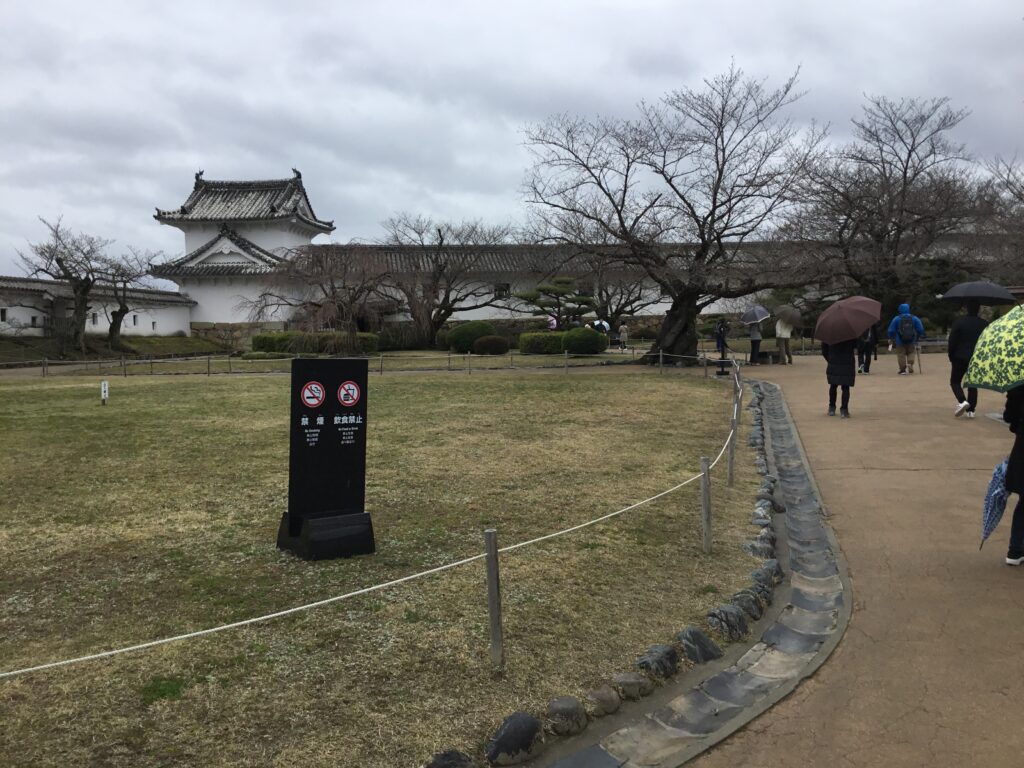
(j) The garden is located in the west side of Himeji castle and there is a turret for princess Senhime to make-up and the rooms called “Hyakumon-rouka” where ladies waiting had lived. This garden was constructed in 1617. You can enter inside this castle house and do sightseeing lots such as long straight corridor which will make you impressed
by the beauty of this architecture. There is a turret for princess Sehime to make-up and the rooms called “Hyakumon-rouka” where ladies waiting had lived through long straight corridor.
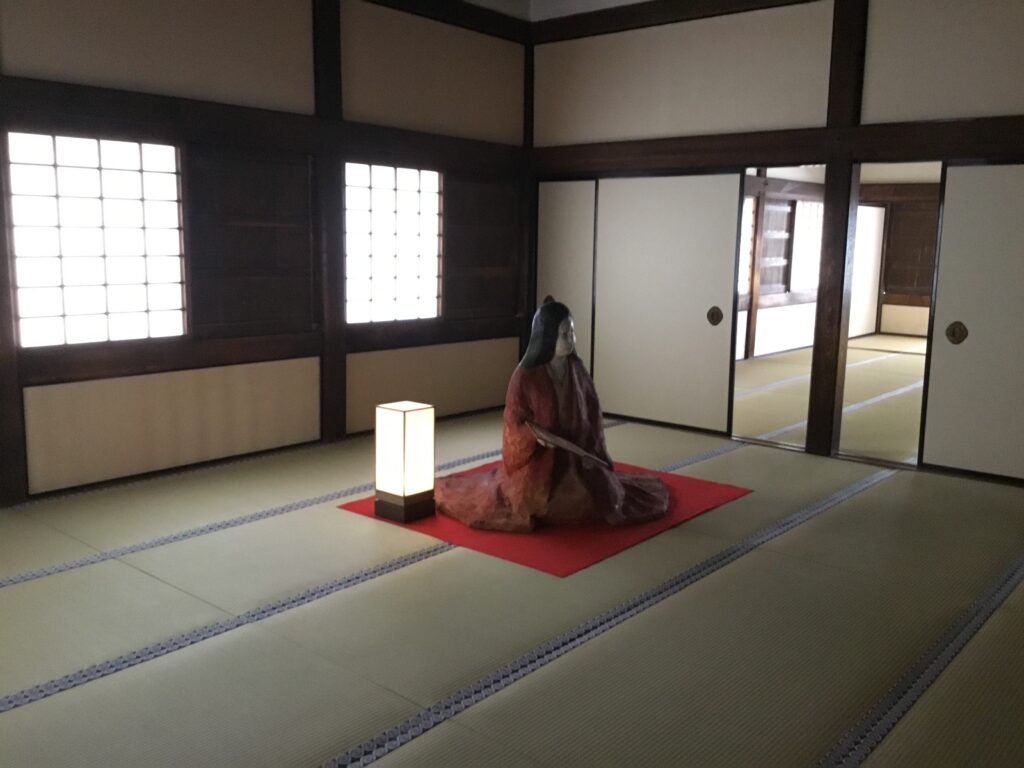
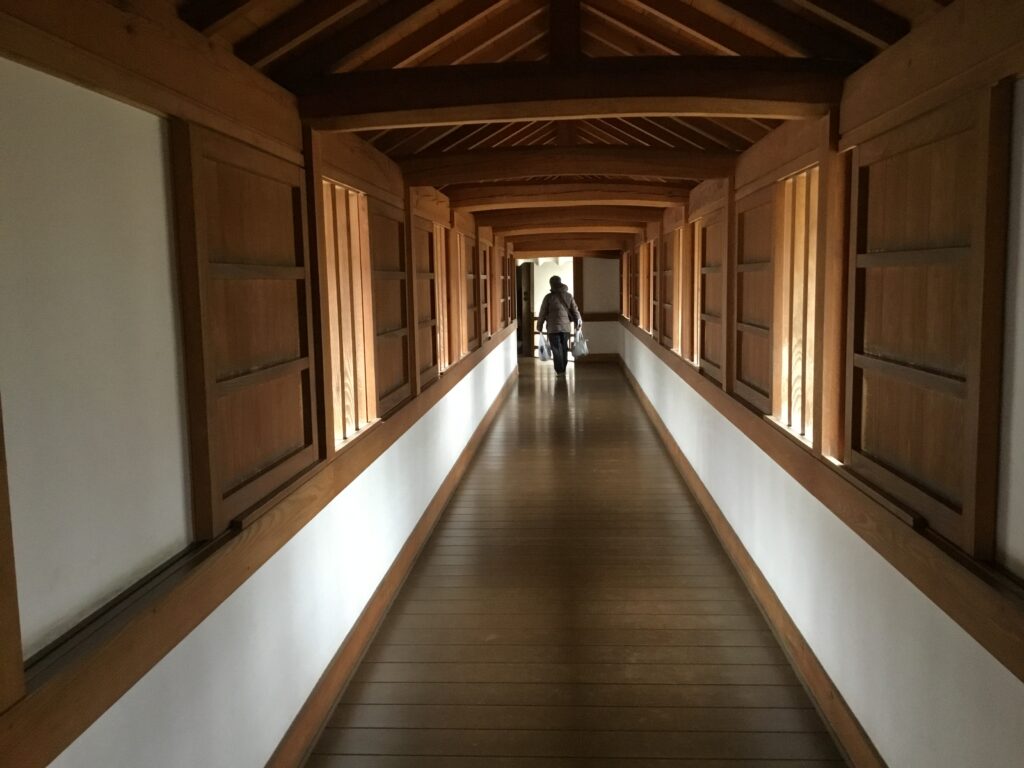
(k) At present, there is no main palace, only turrets and guard tower hall are remained.
The shape of the outer wall zigzagged fitting to surrounding mountain and turret and guard tower hall are built to encounter enemy.
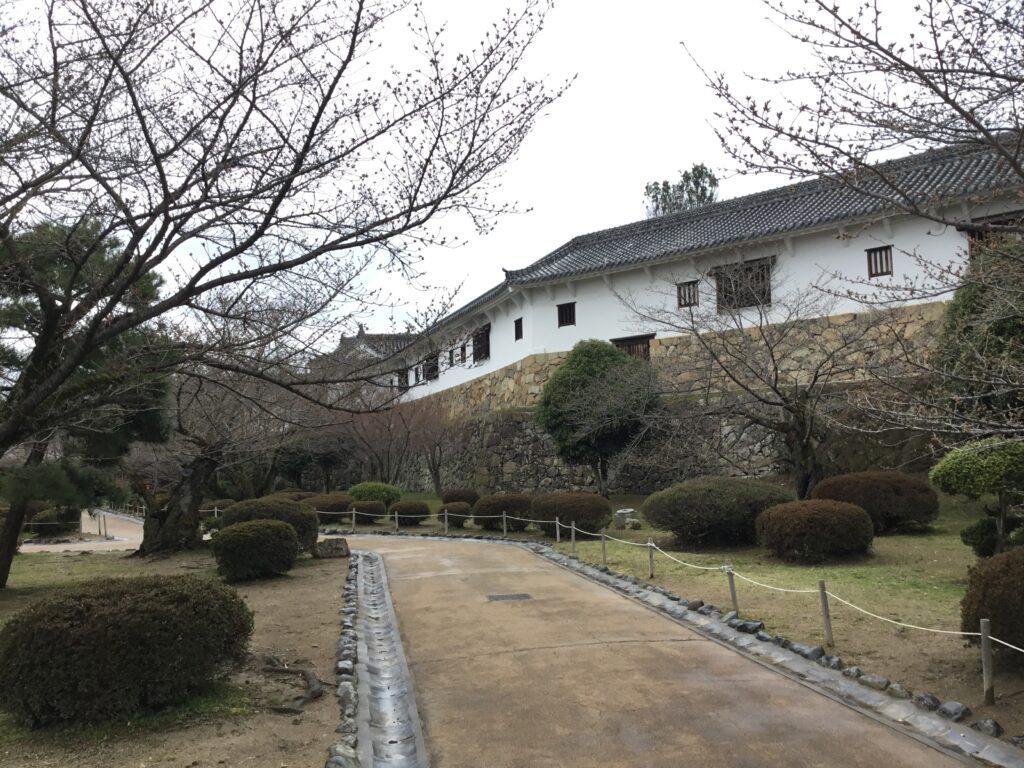
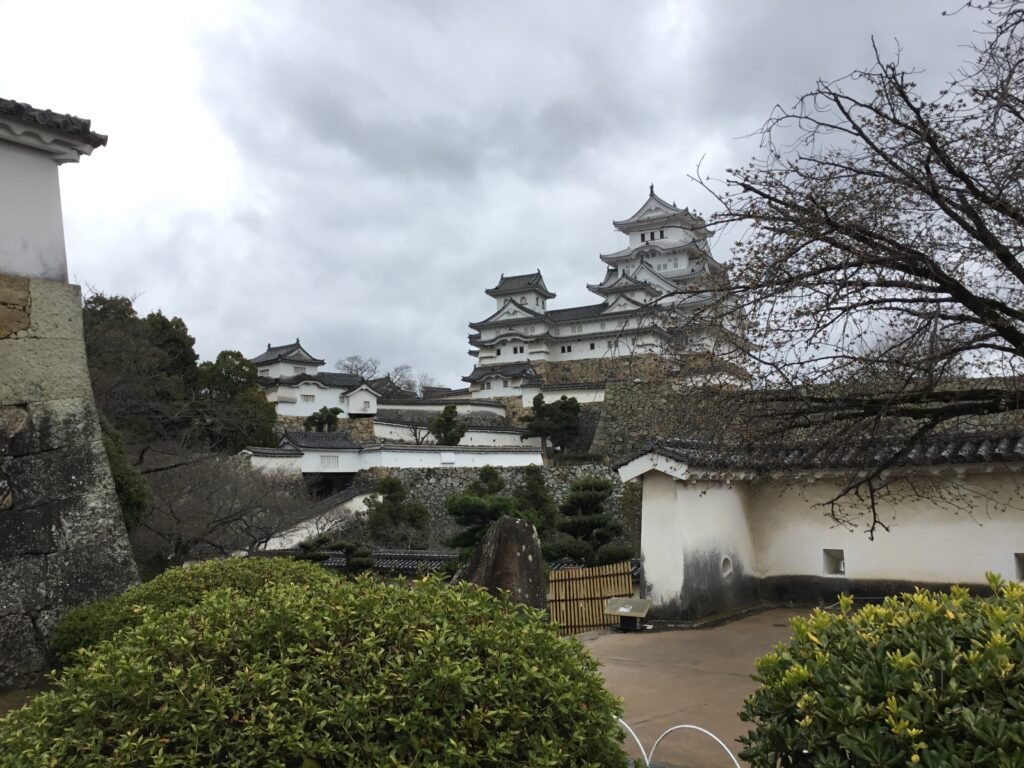
(l) Other attractive item of this castle is stone walls. There are several types of stone walls which depend on when those were built. The method to pile up stones and the stones types where those were gathered are different between each stone walls.
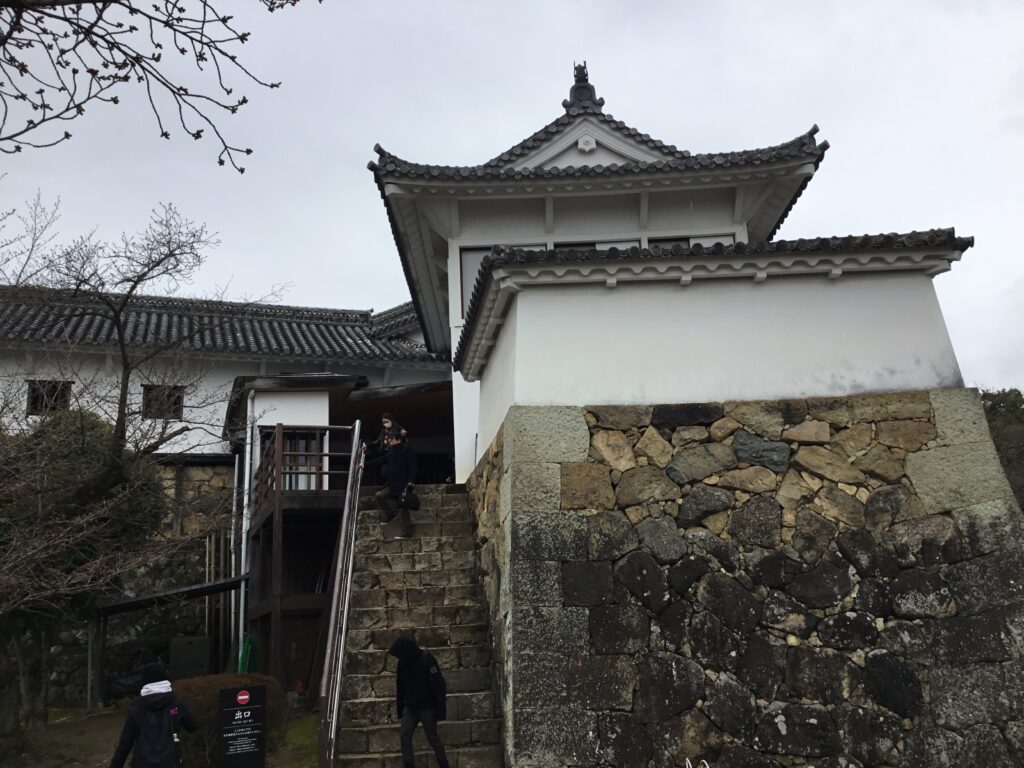
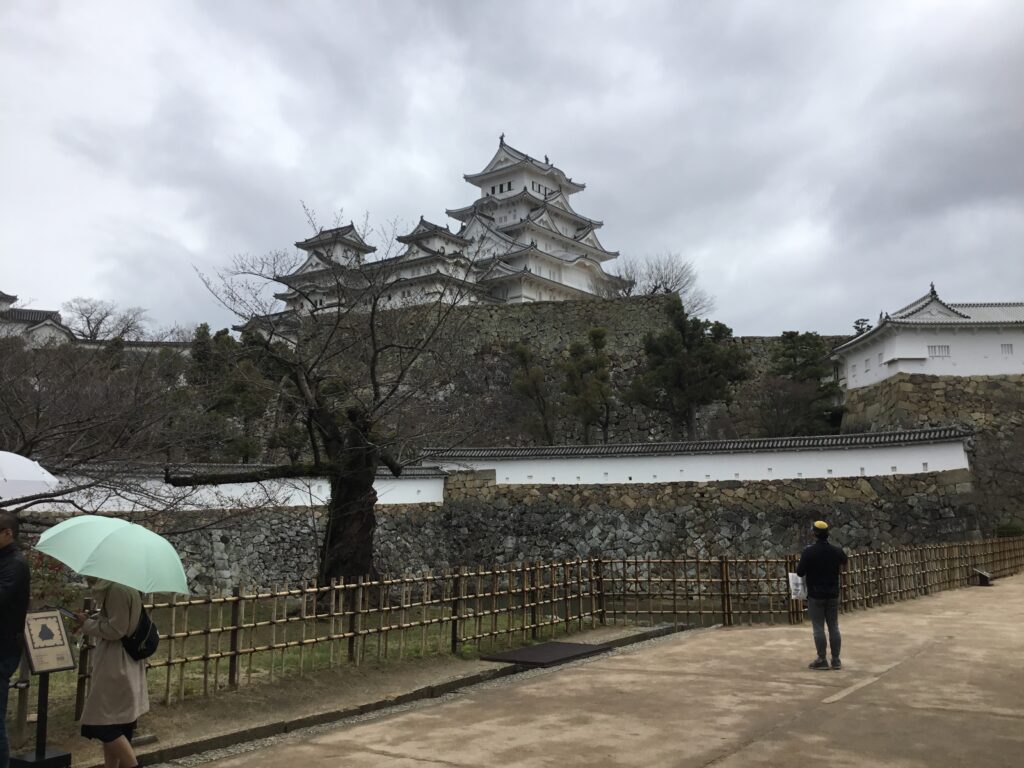
2) The place where you can enjoy:
(Koko-en garden):
Koko-en in the west of Himeji castle consists of 9 gardens divided by mud wall with a roof.
This garden creates historical atmosphere with magnificent view of Himeji castle using the gardening techniques in the Edo period.
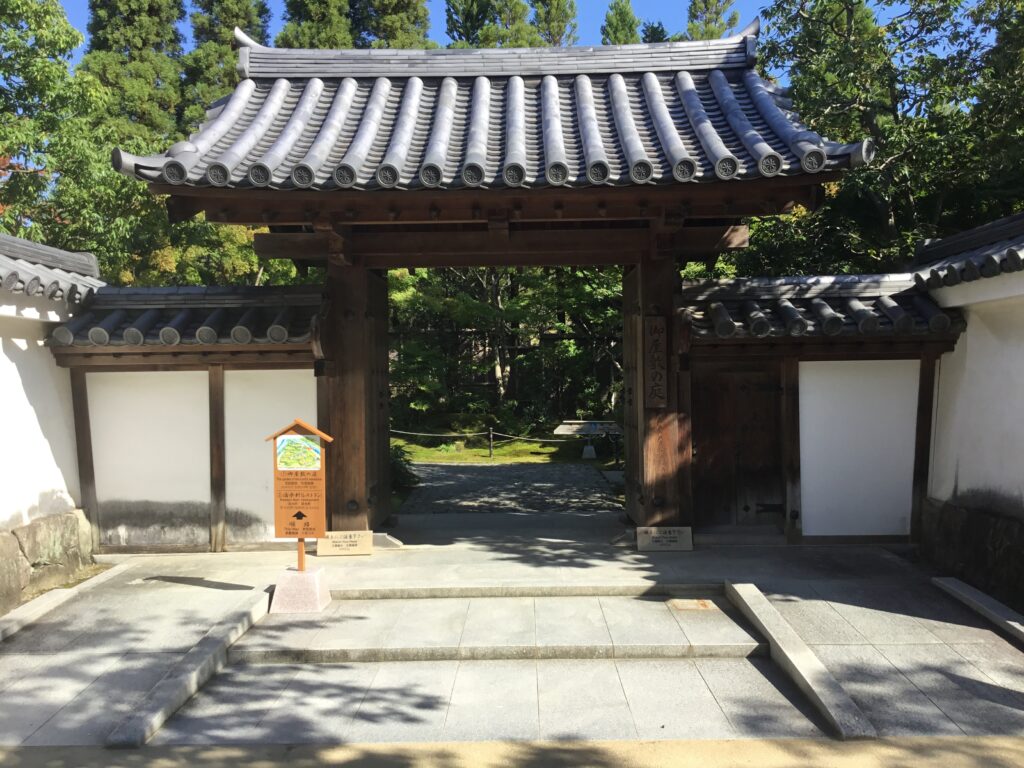

Japanese garden “Koko-en” was constructed in 1992 at the exact site of Nishi-Oyashiki (Lord’s West Residence) with Himeji castle as a background. The area of this garden is about 3.5ha (equivalent with 75% wide of Tokyo dome) and it is composed of nine different gardens divided by mud wall with a roof, built on the excavated site of Samurai houses and roads. Using the gardening techniques in the Edo period (1600-1860), Koko-en creates historical atmosphere with magnificent view of Himeji castle.

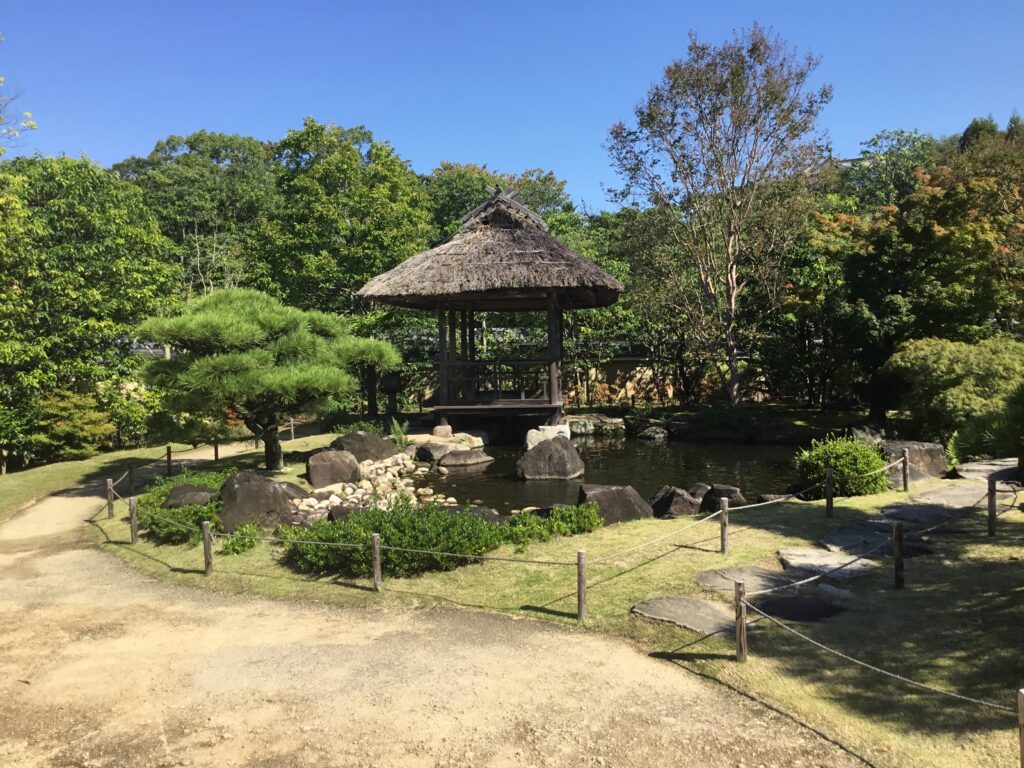
You can find gates, walls, connecting corridors and so-on which are reproduced for the buildings in Edo era (1603 – 1867). You can enjoy the harmony mixed with beauty of the garden and Japanese traditional buildings.
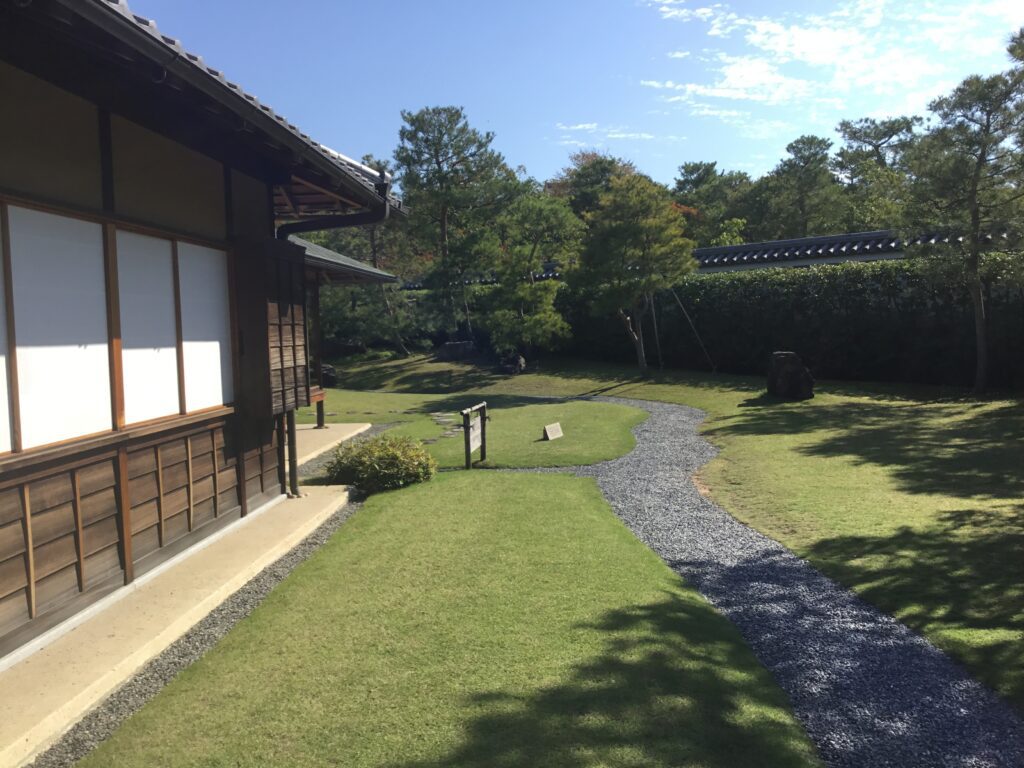

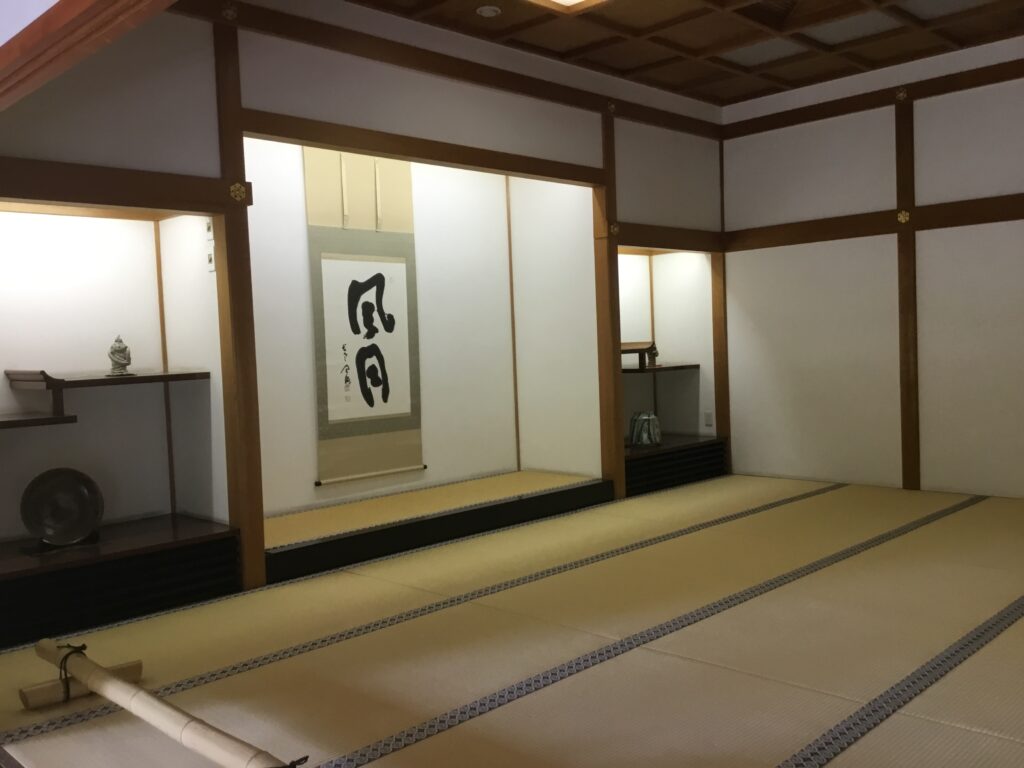
Connecting corridors in the garden of Samurai residence
Many famous Japanese historical movies and TV drama of have used this place as filming location.

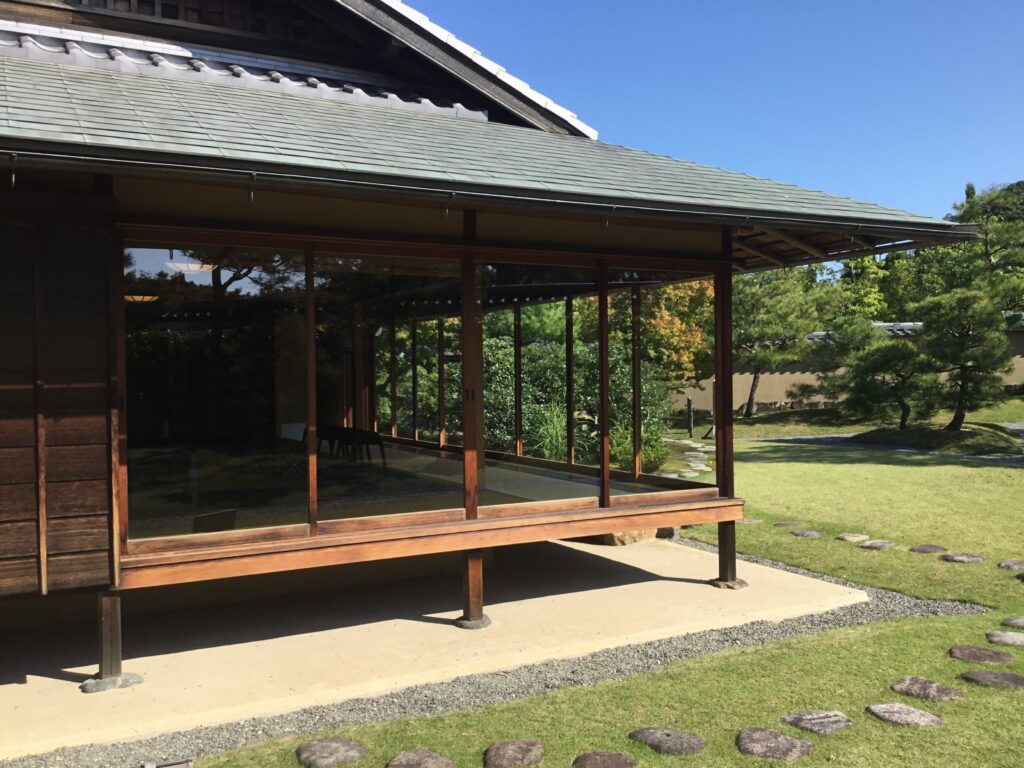
Veranda in Cho-on-sai Samurai residence from where you can see beautiful harvest moon.
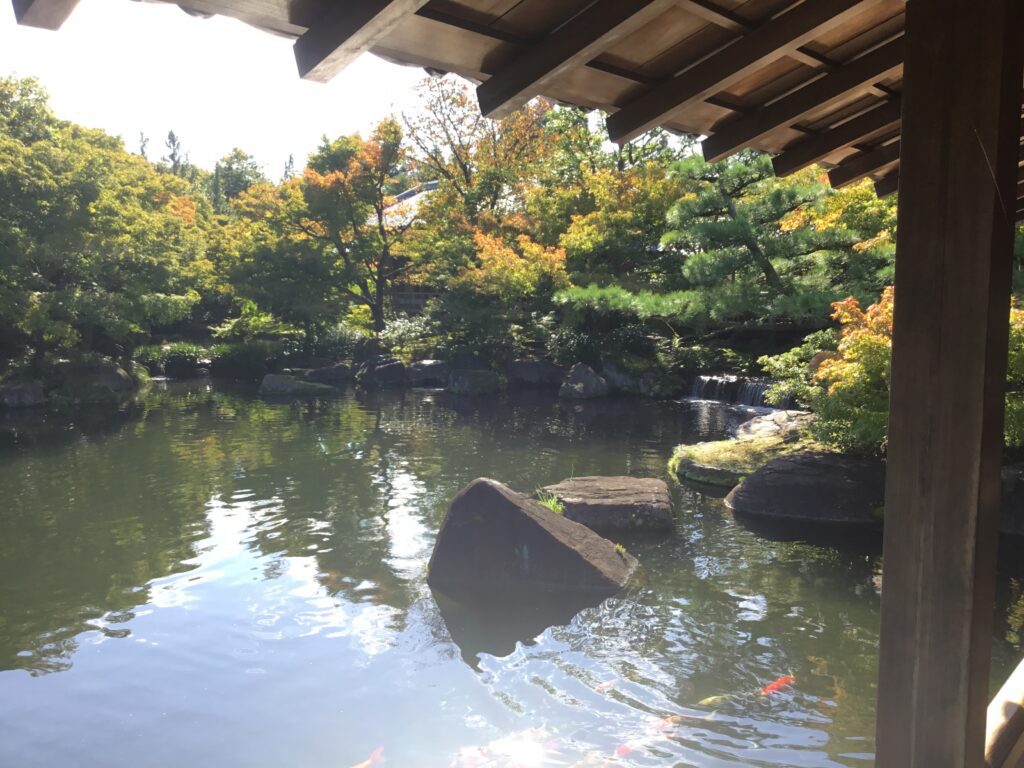
There are many gorgeous carps found in the garden pond of Samurai residence.

Japan Van prepares various tour itineraries for you to enjoy the view in Japan.
The minimum itinerary days is more than 5 days.
Contents of our service: We can arrange a car and a National Government Licensed Guide Interpreter for your trip.

| Car charter and a guide condition | |
| 1 | Number of tourists: 2pax – 12pax |
| 2 | Charter time and guide condition: 12 hours (including 4 hours resting time) |
